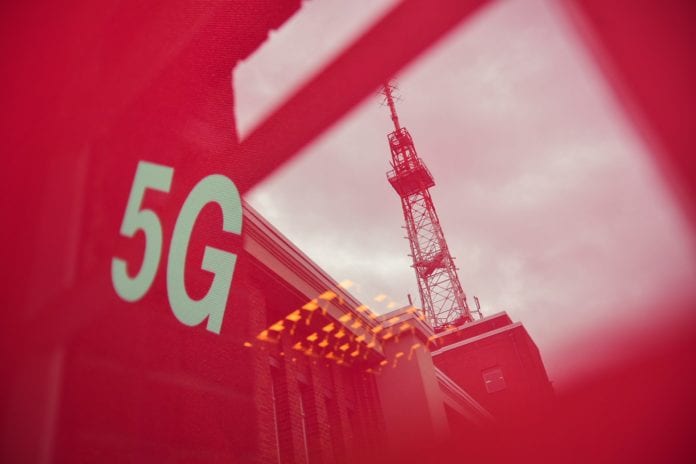German operator Deutsche Telekom said its technical teams have already upgraded a total of 45,000 antennas for 5G services during 2020, the telco said in a release.
Deutsche Telekom also noted that 5G can now already be used by 55 million people in Germany.
“People in over 4,700 cities and towns are benefiting from this. The majority of antennas transmit on the 2.1 GHz frequency in major cities as well as in smaller communities and rural areas, all over Germany,” the telco said.
In addition, 5G is now available in 26 cities on the 3.6 GHz frequency following the deployment of nearly 1,000 antennas in Aachen, Augsburg, Berlin, Bonn, Braunschweig, Bremen, Darmstadt, Dortmund, Duisburg, Düsseldorf, Essen, Frankfurt/Main, Hamburg, Hanover, Jena, Kiel, Cologne, Leipzig, Ludwigsburg, Munich, Nuremberg, Saarbrücken, Schwerin, Stuttgart, Wiesbaden and Wolfsburg. This technology also offers 5G in places like the Allianz Arena in Munich and Frankfurt Airport.
Deutsche Telekom also noted that its 5G rollout will continue in 2021. “Overall, the company aims to provide around 80% of people in Germany with 5G by the end of 2021. In the process, old 3G sites will become modern and faster 5G stations. All UMTS sites in Germany will be upgraded with 5G by mid-2021. In the few places where the anchor frequencies do not permit this, LTE will be used,” the telco said.
Deutsche Telekom is using different frequencies for its 5G expansion. The focus is on the 2.1 GHz and 3.6 GHz frequency bands. Deutsche Telekom kicked off the rollout of its 5G network in a limited number of cities across Germany at the beginning of July 2019.
Rival operator Vodafone Germany recently said that its 5G network currently covers 10 million people across the country.
The operator said that its 5G technology has been recently activated in 300 new cities and municipalities across Germany.
For its 5G expansion in Germany, Vodafone is relying on 5G frequencies i at 1.8 GHz in most locations — especially in cities — and also on 3.5 GHz spectrum.
Vodafone also uses frequencies in the 700 MHz band at individual locations to expand mobile communications in rural areas.
The telco is also using dynamic spectrum sharing (DSS) technology for its 5G expansion.
Telefonica Deutschland, owned by Spanish telecommunications group, initially launched commercial 5G services in Berlin, Hamburg, Munich, Frankfurt and Cologne in October.
The telco is currently offering the service using its spectrum in the 3.6 Ghz band, which was obtained in a spectrum auction in 2019. Telefonica Deutschland aims to cover 16 million people with its 5G network by 2022.
Meanwhile, the construction of 1&1 Drillisch’s 5G network has been experiencing delays due to the COVID-19 pandemic. According to previous reports, 1&1 Drillisch expects to launch its 5G network in 2021.

